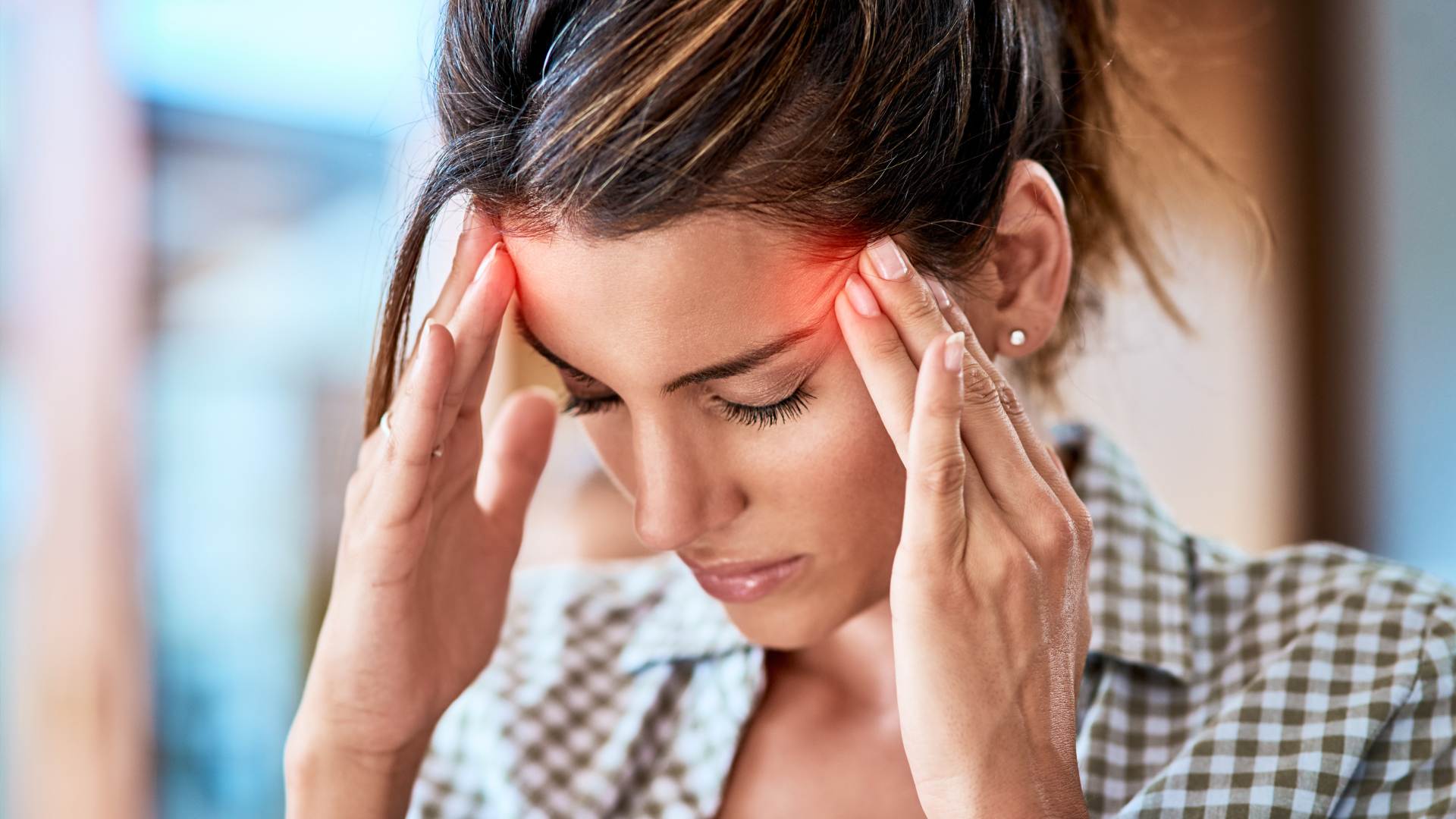Migraine: Types and Triggers

According to the National Headache Foundation, headaches and migraines are neurobiological diseases. The condition is due to “abnormal” brain activity that affects nerve signaling, chemicals, and blood vessels.
Typical migraine pain locations are on one side of the head, but it can occur on both sides or shift. Pain can also be in the forehead, behind one or both eyes, at the neck, and temples.
Headache types
The International Classification of Headache Disorders distinguishes between primary and secondary headaches.
Primary headaches are disorders caused by independent pathomechanisms and not by other disorders.
- Migraine without aura
- Migraine with aura
- Chronic migraine
- Tension-type headache,
- Infrequent or frequent episodic tension-type HA.
- Chronic tension-type HA.
- Cluster HA.
- Primary cough HA, sinus HA, exercise HA, thunderclap HA, cold-stimulus HA, etc.
Secondary headaches develop as a secondary symptom due to another disorder that is known to cause headache such as one attributed to:
- Bacterial meningitis, trauma, or medication overuse.
- Acute HA due to cerebral ischemic event,
- Intracranial infection
- HA attributed to disorder of homeostasis
- HA or facial pain attributed to disorder of the cranium, neck, eyes, ears, nose, sinuses, teeth, mouth.
- HA attributed to *upper cervical radiculopathy*
- HA attributed to *cervical myofascial pain*
- HA attributed to psychiatric disorder.
Headaches can be “mixed”. This means that you can have one or more headache types occuring at the same time such as, for example, a Tension Type Headache together with a Cervicogenic Headache (which originates from the neck). Structures in the neck affected by injury or breakdown of tissue refers pain into the head via the Trigeminal Caudate Nucleus. Pain in one location does not necessarily imply that the source of pain is at that location.
According to “Headache and Migraine Biology” text book, sinus headaches are sometimes too readily diagnosed as the source of pain. Keep in mind other potential sources of pain which may appear as a sinus headache.
Having pain is stressful. Aquiring the right tools as an informed headache sufferer may help reduce some of that stress by learning how better to control pain.
Reducing stress can help relieve headache pain and reduce the risk of future headaches with massage, breathing exercises, and/or meditation.

What triggers a migraine?
Migraines may be due to “abnormal” brain activity that affects nerve signaling, and chemicals and blood vessels in the brain. There are numerous potential triggers or risk factors which cause susceptibility to chronic migraines.
Risk factors:
-
- anxiety,
- depression,
- chronic pain elsewhere (such as arthritis),
- other health problems (like high blood pressure),
- prior head or neck injuries.
Physical/environmental conditions:
-
- bright lights,
- loud sounds,
- severe heat,
- unusual smells,
Sleep issues such as:
- changes in sleep patterns,
- lack of sleep
Changes in your body’s physiology:
- intense physical activity,
- excess stress,
- hormonal changes
Destructive habits:
- smoking
- Excessive alcohol consumption
Travel
- changes in altitude
- changes in barometric pressure
Nutrition/Hydration issues:
- dehydration,
- skipping meals
- caffeine overuse
- certain foods
More information is available at: headaches.org/
